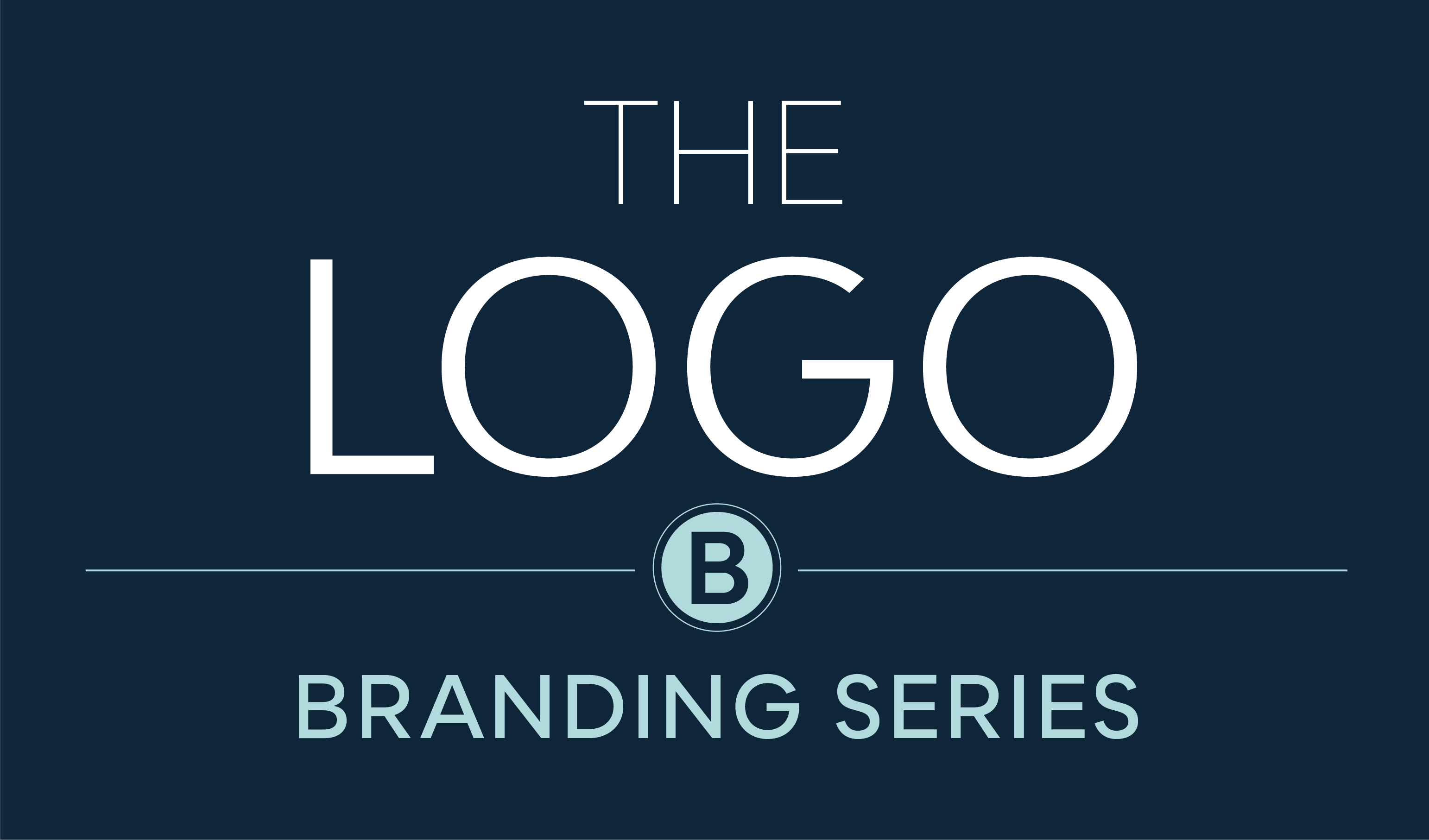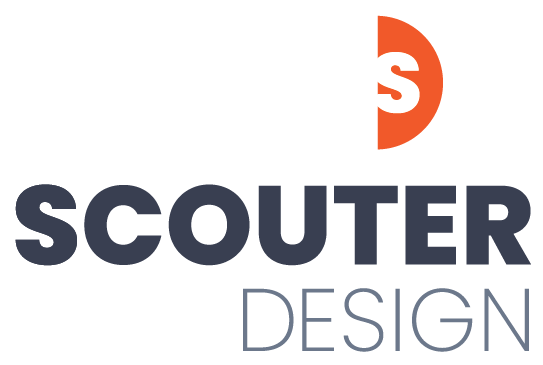
Developing a new brand or going through a brand refresh can be a long and intensive task but, it's worth setting that foundation from both a messaging and visual standpoint early on. Having a cohesive brand eliminates confusion for customers. They'll know it's you by the way you look and behave. So, when we get to the logo design how do we assess which concept is best?
First, what is a logo?
A logo is a visual identifier. It's like a distinct front door that clients recognize and enter. The type of experience that they encounter after they walk through that door is what determines if they want to continue doing business with you--this is your brand. Your brand is an accumulation of all client experiences and touchpoints that you create.
Types of logos
Wordmark:
This type of logo is a stylized version of the name of a company and does not have a pictorial mark. Type is expressive so the right font should capture your company's personality. (IBM, Coca-Cola)
Combination:
This type of logo includes both a symbol and text. The symbol could be pictorial or abstract and the name of the company set in a clean, simple type that doesn't compete with the mark. (Merrill Lynch)
Monogram/Lettermark:
This type of logo uses stylized initials of the company name for the mark rather than using a symbol. This is a common option for businesses with long names. (HBO, NASA)
Brandmark:
A logo that includes only a symbol and no text. The symbol may be abstract or pictorial and is generally suitable for companies that already have strong brand recognition. (Apple, Nike)
Does it represent who we are and what we do?
A logo should accurately reflect your business and its personality. The design concepts should take into account the top attribute(s) that best describe your company. These attributes should have been defined in the Discovery Phase of the process. Thinking about those top attributes, ask yourself if the logo successfully aligns with them.
Is it appropriate for your market or industry?
A logo should be appropriate for your industry but still be distinctive. A good way to test the logo concepts is to conduct a search on competitor brands and see how your logo compares or stands out. We don't want a logo that stylistically belongs on a lemonade stand if we are starting a woman's clothing line.
Is it scalable and does it work across all mediums?
A logo should work well at all sizes and across all mediums. Seeing the logo concepts in the same environments where you will be using your logo can help influence your final choice (i.e., stadium billboards, clothing, reports, on-line shop, etc.). Where will you use the logo? Which logo concepts hold up the best at different scales?
The line work should be clean and crisp and should not deteriorate when used at different sizes. The logo should also work in color, black/white, and reversed out to account for the many environments it will be used in.
A few other things to think about.
A logo design should be timeless, simple, and memorable. The design should feel relevant regardless of what's currently trending, so imagine your logo 5 years down the road. Is the design so trendy that it will quickly be outdated? Can it be simplified further? If the business expands out into other areas, will the design still reflect the essence of who you are?
In the end, the mark should be something that you feel best represents you and your company. It's going to be with you for a long time so trust your instincts, ask good questions, and use the tips above to help you make your final decision. And best of luck with your business!
© Scouter Design
Follow me on Facebook: @ScouterDesign | LinkedIn: ScouterDesign

